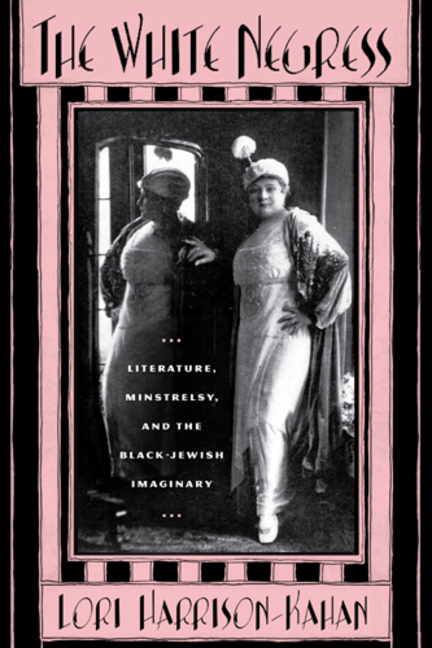Mothering Children of African Descent: Hopes, Fears and Strategies of White Birth Mothers
The Journal of Pan African Studies
Volume 2, Number 1 (November 2007)
pages 62-76
Annie Stopford, Ph.D., Psychoanalytic Psychotherapist and Adjunct Research Fellow
University of Western Sydney, Sydney, Australia
Introduction
It is often acknowledged that African identities are “complex, contested and contingent,” and that these negotiations and contestations are conducted in many locations around the globe (Ahluwalia and Zegeye 113). However, there has been little discussion thus far about the role of non-African parents of mixed African-Western children in these processes. In many parts of the world where the African Diaspora has spread, there are increasing numbers of children being born to African and non-African parents, particularly (but not only) African fathers and non-African mothers of diverse ethnicities. Non-African parents may play a significant role in facilitating, supporting, or obstructing their children’s positive identifications and associations with Africa and “Africanness,” especially if and when the marriage or relationship breaks down and the child or children reside with the non-African parent.
In this article, I use extracts from interviews with white Australian birth mothers of African Australian children to explore how they negotiate some of the complexities, challenges, and rewards of mothering children of African descent. I argue that the contributions of non-African mothers of African-other children add an important dimension to discussions about the complexities of postcolonial and Africana hybrid identities. The article begins with a description of empirical data sources, some information about the field of research, and an exploration of the theoretical underpinnings of the discussion. This is followed by a discussion of some issues described by research participants, with an emphasis on narratives about lived experience and intersubjective dynamics. The article concludes with a brief reflection on the implications of these narratives.
…The Research Field
Despite the plethora of recent literature about interracial and postcolonial subjectivities, there has been little in-depth discussion thus far about mothering children of mixed cultural, ethnic, and racial descent. The focus of discussion in mixed race and hybridity studies tends to be on the children of couples of mixed cultures and races, rather than the parents themselves, and the damage done by racist and essentialist discourse to the children of those people who cross “the color line,” especially black/white relationships.
There have, however, been some studies of mixed race and culture families that focus on the parents and their responses to their children (Phoenix and Owens 158-177; Dalmage 1-32). There has also been some feminist and critical race research and discussion specifically about or by white mothers of African descent children in Western locations, and white mothers of African descent children living in Africa, with a particular emphasis on the way white mothers resist racism and try to foster positive identifications with blackness (Reddy 43-64; Lazarre 21-51; Twine 729-746, 878-907; Adomako Ampofo In My Mother’s House). Because fighting racism and fostering Africana identities are of course inextricably linked, I see this research as continuing the work of the aforementioned writers.
Read the entire article here.





